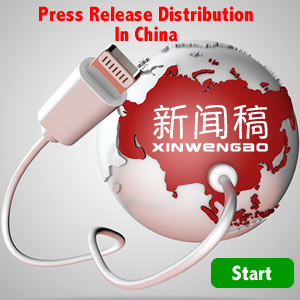Datang Telecom plans to bring China's national 3G standard, TD-SCDMA, to Hong Kong for a test later this month.
The Hong Kong SAR government has agreed to provide a license, wireless frequency, and funds for the test, which is estimated to last 2-3 years.
The test will cost more than HK$20 million, of which one third will be supplied by the Hong Kong SAR, one third by Datang Telecom and the rest by the local community of Hong Kong.
Time Division Synchronous CDMA (TD-SCDMA) was proposed by China Wireless Telecommunication Standards group (CWTS) and approved by the ITU in 1999 and technology is being developed by the Chinese Academy of Telecommunications Technology and Siemens.
TD-SCDMA uses the Time Division Duplex (TDD) mode, which transmits uplink traffic (traffic from the mobile terminal to the base station) and downlink traffic (traffic from the base station to the terminal) in the same frame in different time slots. That means that the uplink and downlink spectrum is assigned flexibly, dependent on the type of information being transmitted.
When asymmetrical data like email and Internet are transmitted from the base station, more time slots are used for downlink than for uplink. A symmetrical split in the uplink and downlink takes place with symmetrical services like telephony.



